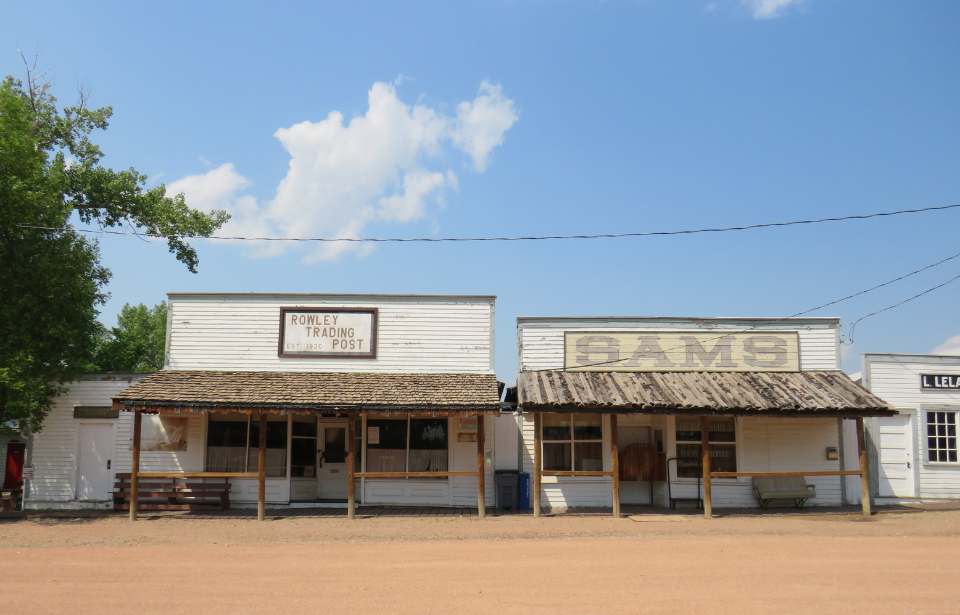Rowley, Alberta, may seem like just another ghost town, but it has a fascinating history. Located in the southern portion of the Canadian province, it was once a bustling village with a population of around 500. Like many small towns, however, it faced a decline when economic challenges led to a mass exodus. By the mid-1970s, Rowley was a shadow of its former self, with only a few residents remaining.
However, a unique twist of fate and community determination turned this abandoned settlement into a beloved heritage site, drawing visitors from near and far.
An influx of visitors to Rowley
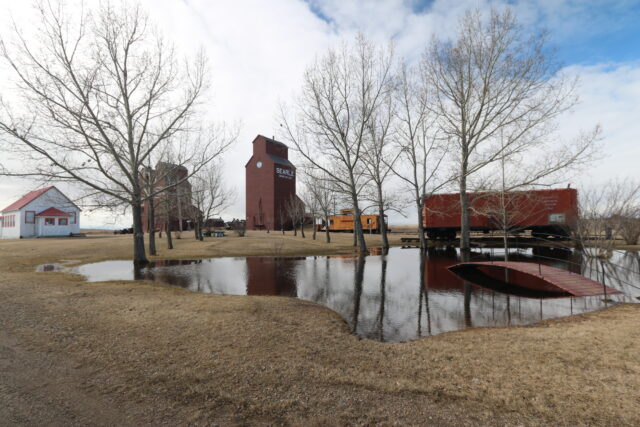
Rowley’s story began in the early 20th century with the arrival of the railway, which brought prosperity to the small community. It quickly grew, with businesses and homes sprouting up to accommodate the influx of settlers. However, as the decades passed, the appeal of living in the small town had all but disappeared.
Mass exodus from Rowley
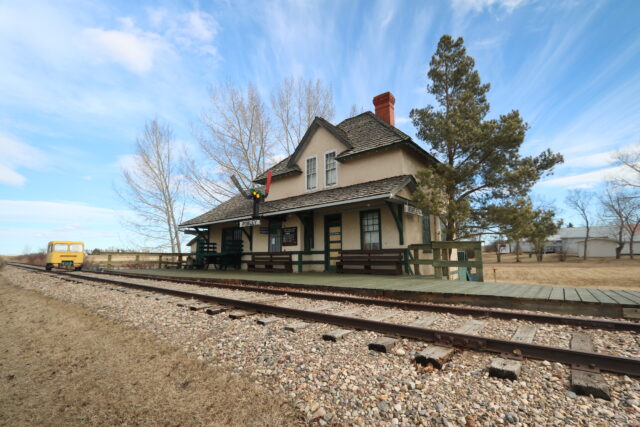
By the 1970s, Rowley was nearly abandoned, with many of its buildings falling into disrepair. The last train passed through in 1999, bringing with it concerns about the economic impact it would have on the village. Prior to its closure, the train service brought as many as 900 tourists into Rowley per week, and was clear the final one would mark the end of an era for the town.
Despite this, the very few remaining residents refused to let Rowley fade into obscurity. They saw potential in its historic charm and decided to take action.
A simple idea to save the historic settlement
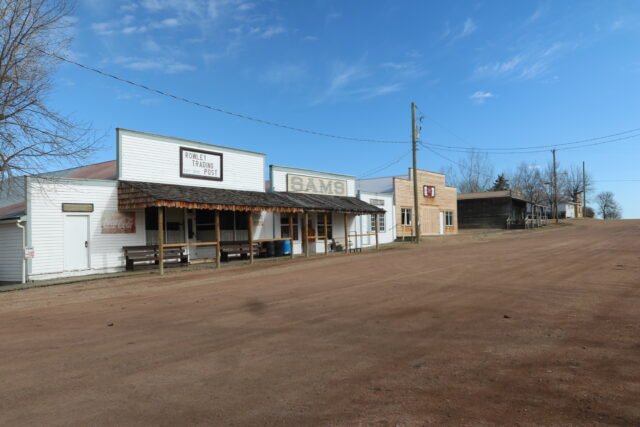
The revitalization of Rowley began with a simple idea: restore the town and attract tourists.
It all started with a group of locals, who, in the midst of a dwindling liquor supply, decided to throw a party at an old, boarded-up saloon. This sparked a bigger conversation about preserving Rowley’s heritage.
Restoring Rowley to its prior glory
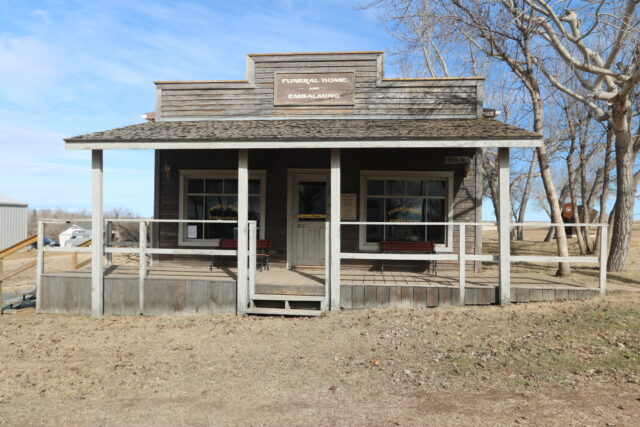
After restoring the bar and renaming it “Sam’s Saloon,” after a respected member of the community, the townspeople decided to combine their efforts to try and restore more of Rowley.
Over the next 25 years, residents worked tirelessly to restore several of the town’s buildings, turning them into attractions that showcased Rowley’s pioneer past. In the end, their efforts paid off.
Rowley is the perfect Western backdrop
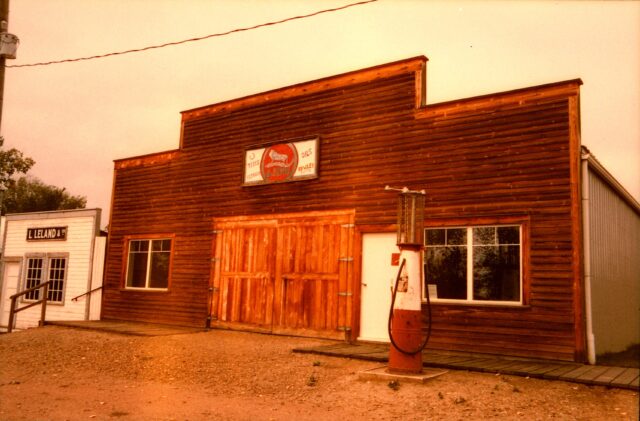
It seems Rowley’s historic charm becme the soul of its reputation. Word spread and the town wound up serving as the backdrop to multiple movies. Most notably, it was the filming location for the Canadian movie Bye Bye Blues, which was released in 1989.
Playing host to numerous movie productions
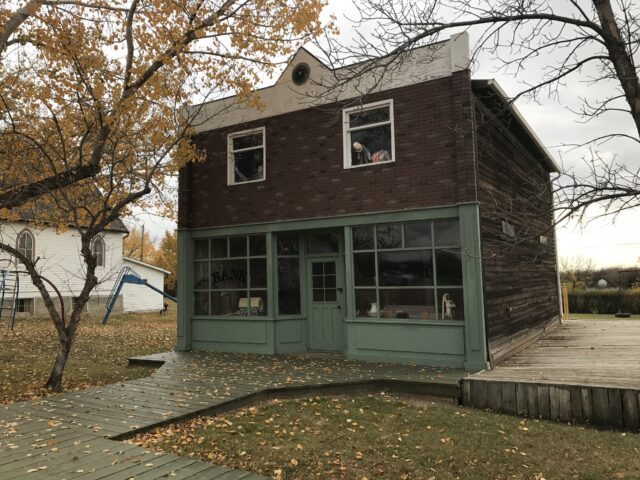
Rowley saw even larger scale action when it was used for scenes in Hollywood films, including Legends of the Fall (1995) starring mega stars Brad Pitt and Anthony Hopkins, and The Magic of Ordinary Days (2005), starring Keri Russell and Skeet Ulrich.
What does Rowley look like today?
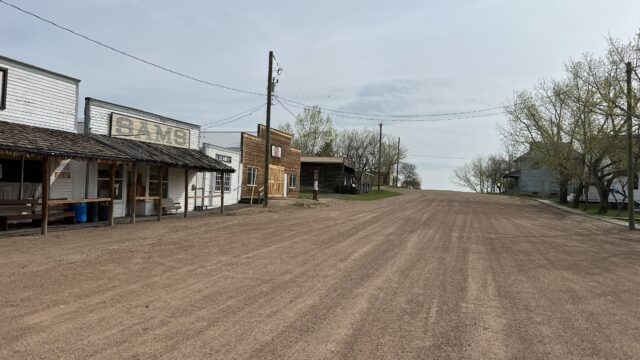
These days, Rowley has become a place for tourists to explore the old charm of the buildings that’ve been restored, including the historic church, bank and grain elevators. Residents often hold themed events, including pizza nights, to entice tourists to their humble town.
More from us: Ostwall Fortifications: The World War II-Era Defensive Line That’s Become a Bat Reserve
Want to become a trivia master? Sign up for our Today In History newsletter!
In this way, they’re maintaining both Rowley’s story and legacy after they were almost lost to the sands of time.
